A recent study by Edu et al. (2025) titled “Phylogenetic Analysis and Protein Structure Characterization of the matK Gene in Sphenostylis stenocarpa and Related Legumes,” published in the Journal of Underutilized Legumes, revealed genetic diversity in the matK gene among legumes, highlighting distinct phylogenetic clusters and structural protein variations.
“
There is a significant genetic diversity and distinct phylogenetic clusters in the matK gene among African yam bean and legumes.– Edu et al. 2025
The study delves into the genetic diversity and evolutionary relationships of the matK gene in Sphenostylis stenocarpa (African yam bean) and its related legume species. The matK gene, a chloroplast marker with a high substitution rate, is widely used in studying genetic diversity and species evolution. The authors retrieved nucleotide sequences for several leguminous species, including S. stenocarpa, Sphenostylis angustifolia, Vigna aconitifolia, Vigna angularis, Vigna umbellata, Vigna mungo, Cajanus cajan, Phaseolus vulgaris, and Glycine max from the NCBI database. The authors used MEGA 6 software with Clustal W alignments and 1000 bootstrap resampling to assess phylogenetic relationships. The secondary and tertiary structures of proteins of the matK gene were predicted using the GORIV and Phyre2 tools. The phylogenetic analysis revealed two primary clusters: one containing exclusively P. vulgaris with high bootstrap support and another encompassing the remaining legumes, further divided into sub-clusters with C. cajan distinct from Vigna species. Structural analysis showed that S. stenocarpa exhibited the highest percentage of alpha helix (36.54%), while C. cajan displayed the lowest alpha helix and highest random coil.
How the Study was Conducted
Researchers retrieved nucleotide sequences for several leguminous species, including S. stenocarpa, from the NCBI database. Using MEGA 6 software, the authors performed Clustal W alignments and 1000 bootstrap resampling to assess the phylogenetic relationships among the species. The secondary and tertiary structures of the matK gene proteins were predicted using the GORIV and Phyre2 tools.The phylogenetic analysis revealed two primary clusters, with one containing P. vulgaris and the other encompassing the remaining legumes. Structural analysis showed variations in the percentage of alpha helix and random coil among the species. This comprehensive approach helped the researchers understand the genetic diversity and evolutionary relationships of the matK gene in these legumes.
What the Authors Found
The authors found that the phylogenetic analysis revealed two primary clusters. One cluster contained only Phaseolus vulgaris, while the other included the remaining legume species. This second cluster was further divided into sub-clusters, with Cajanus cajan being distinct from the Vigna species. The structural analysis of the matK gene proteins showed that Sphenostylis stenocarpa had the highest percentage of alpha helix (36.54%), while Cajanus cajan had the lowest alpha helix and the highest random coil. The study highlighted the genetic diversity within the legume family, particularly in the matK gene, which is crucial for understanding the evolutionary relationships and potential for improvement of these species.
Why is this important?
Genetic Diversity: Understanding the genetic diversity of the matK gene in Sphenostylis stenocarpa and related legumes can help in the conservation and improvement of these species. Genetic diversity is crucial for the adaptability and resilience of plants to changing environmental conditions.
Evolutionary Relationships: The phylogenetic analysis provides insights into the evolutionary relationships among different legume species. This knowledge can be used to trace the evolutionary history and identify potential genetic resources for breeding programs.
Agricultural Improvement: By characterizing the protein structure of the matK gene, researchers can identify specific traits that may be beneficial for crop improvement. This can lead to the development of more resilient and productive legume varieties, which are essential for food security and sustainable agriculture.
Scientific Knowledge: The study contributes to the broader scientific understanding of plant genetics and evolution. It provides valuable data that can be used in future research and helps to advance the field of plant biology.
What the Authors Recommended
The authors recommended further research to explore the genetic diversity and evolutionary relationships of other legume species. The authors also suggest that understanding the genetic makeup and protein structures of these plants can lead to the development of more resilient and productive legume varieties. This can have significant implications for agriculture, food security, and sustainable farming practices.
In conclusion, the study by Edu et al. (2025) sheds light on the genetic diversity and evolutionary relationships of the matK gene in Sphenostylis stenocarpa and related legumes. By combining phylogenetic analysis and protein structure characterization, the research highlights distinct genetic clusters and structural variations, offering valuable insights into plant evolution and adaptability. These findings not only deepen our understanding of legume genetics but also provide a foundation for advancing agricultural practices, ensuring food security, and promoting sustainable farming. Future research in this area holds immense potential for the development of resilient and productive legume varieties.



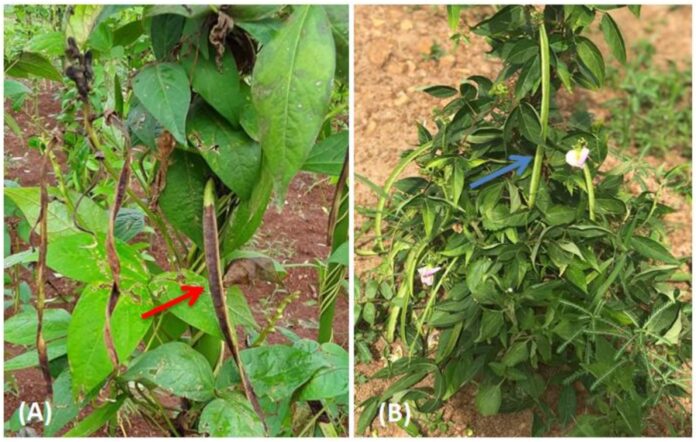

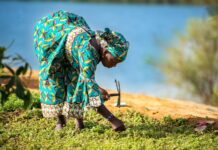

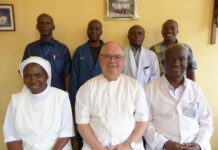

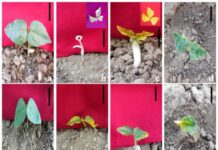
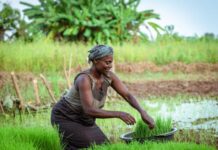





 The African Research (AR) Index is a comprehensive scholarly directory and database focused explicitly on journal publishers that publish and disseminate African research.
The African Research (AR) Index is a comprehensive scholarly directory and database focused explicitly on journal publishers that publish and disseminate African research.

